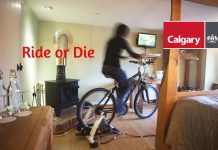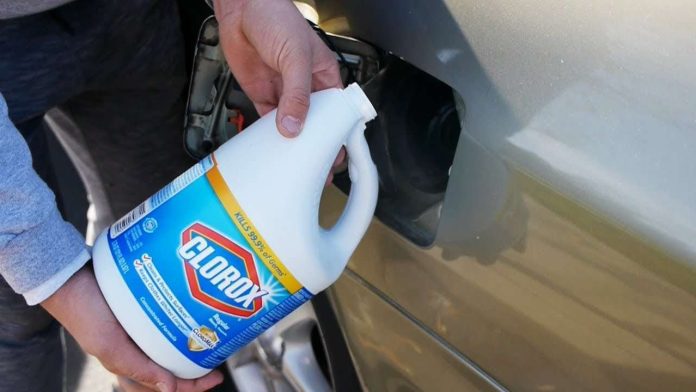
CALGARY, Alberta – Calgary drivers are starting head-on with the highest gas prices ever seen in the city. According to gaspricerank.org, the average price for regular gas across Calgary floated around $1.98 per litre Friday morning and it’s expected to surpass the $2.50 mark within the next week.
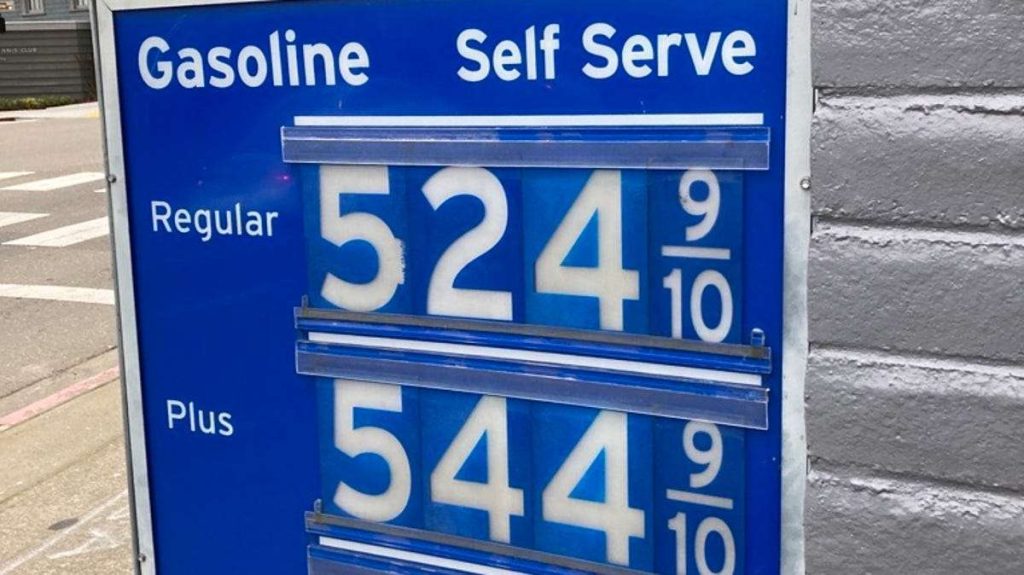
Some industry analysts believe these prices are forcing some Calgarians to find alternate modes of transportation including manual bicycles, scooters, and even horseback. But because Calgary is not really the easiest city to get around without wheels, some car owners are looking for ways to increase the mileage of their fuel dollar.
2P News’ enviro correspondent and fossil fuel efficiency expert, Gretel Foonberger, has a number of tricks that will help keep money in your pocket during these record gas prices.
- When you tank is half full, top it up with regular tap water. Then add equal parts of 90% alcohol hand sanitizer and bleach before jumping at least 10 times on your bumper to shake things up. Although the water will make the gasoline go a lot further, the resulting drop in octane can harm your car’s engine. But the hand sanitizer will boost the octane back to normal levels and almost double your mileage. The bonus is that the bleach will clean your cylinder heads!
- Case the commute time and path of a Tesla owner in your neighbourhood. Overnight when nobody is around, park no closer than 100m from the unsuspecting Tesla owner and secretly connect your car to his/hers using a grade 7 bungee cord. In the morning, you simply follow that car to work and we figure you’ll get at least a 45% boost in fuel economy.
- Only use your car downhill. Get out and push it up hills to save fuel. This method, although very simple, is highly effective.
- Hide underneath your neighbours car and hold on like Rambo to hitch a ride without relying a mask or any social distancing rules. WARNING: This method is not advised for areas with speed bumps.
-
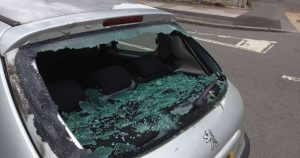
This solution just requires a hammer or a large rock to implement. Remove your rear windows and do you best to only drive in the direction of wind flow, using you car’s interior as a sail or scoop to improve efficiency. Might be best to reserve this method for very windy chinook days. The drawback here is that you might have to wait a while for the wind to change direction to get you home.
- Do not stop. Ever. Keep an even but fair pace through all traffic signs and controls including yields, stop signs, traffic lights, and round-a-bouts. We recommend swerving to avoid collisions.
- Do your best to urinate in you gas tank before going to bed every night. Statistics Canada shows 98% of Canadians have become raging alcoholics during lockdowns and the alcohol content of most individual’s urine can successfully power the average gasoline engines.
- If you happen to work in the field for an oil and gas service company and you have access to pure natural gas condensate, see if you can skim a few jerry cans worth because this stuff will burn like diesel without any processing.
- Light a campfire under your vehicle’s gas tank and let it heat the fuel up for about half an hour before driving. Studies have shown that warm gasoline burns hotter and increases an internal combustion engine’s efficiency versus burning cold gasoline.
- Remove the cylinder head on your motor with a generic socket set and spray expanding foam in all but 2 of the cylinders until they’re full. Replace cylinder head and wait for foam to expand. This trick will disable a number of cylinders and make your new 2 cylinder much more efficient. (Editor: I tried this on my wife’s car last week and it worked like a charm. But I recommend just removing spark plugs from the cylinders you want to delete instead of removing the entire cylinder head.)
-
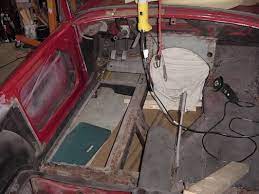
A floorboard being removed from a car. Cut the floorboards out of your. And instead of mashing the speed pedal to leave form a dead stop, walk your vehicle to a moderate pace and then use the engine to continue. Most gasoline is consumed to initiate movement of the vehicle. Once in motion a vehicle uses much less gasoline.
So there you have it. Feel free to try these tricks and let us know in the comments if you have some DIY techniques that allow you to stretch your fuel dollar!










